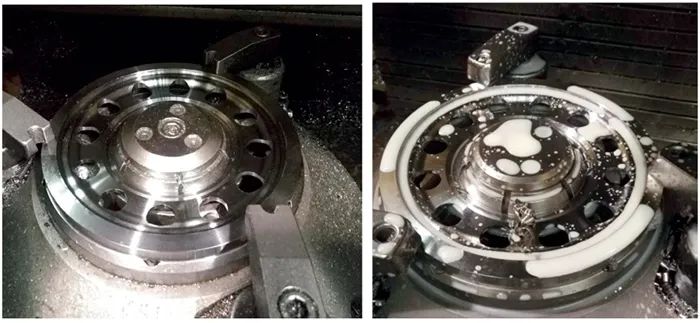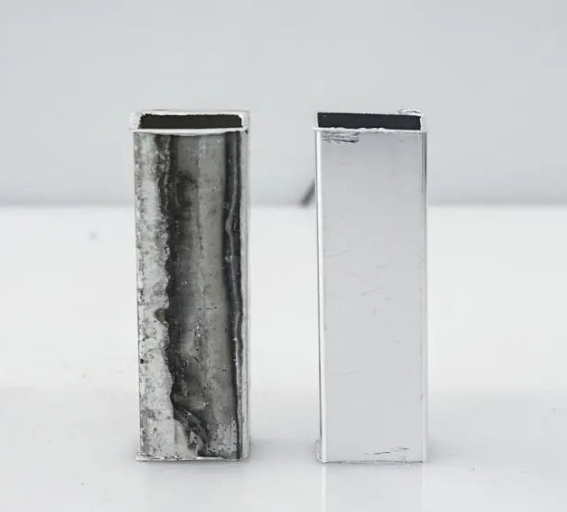
Privacy statement: Your privacy is very important to Us. Our company promises not to disclose your personal information to any external company with out your explicit permission.
3. In order to obtain a smooth surface of the workpiece, a combination of rough cutting and precision cutting should be used as much as possible, as various qualified workpiece blanks will always have some oxidation layers, causing considerable wear on the tool. If the final cutting process uses polished sharp tools for fine cutting, the above requirements can be achieved.

After corrosion, the oxide of aluminum appears in a powder like or fibrous form, which contrasts with the surrounding background color, as if it is moldy. Essentially, it is not moldy, but rather a surface oxidation phenomenon. Therefore, the essence of spots should be oxidation corrosion on the surface of aluminum parts.

November 08, 2024
April 26, 2024
April 26, 2024
Magnesium alloy processing new favorite: Environmentally friendly nano cutting fluid, efficiency and green win-win secret? Advantages of environmentally friendly nano-cutting fluid applied on...
How to adjust a stable microemulsion cutting fluid? The deployment tutorial is here! In modern metal processing, the selection and allocation of cutting fluid is crucial to ensure processing quality...
Nanoscale cutting fluid: the new star of the market, the challenger of traditional cutting fluid In recent years, with the rapid development of science and technology and the continuous progress of...
Discussion on common problems in the use of wire cutting working fluid Wire cutting technology, as a precision machining method, plays a vital role in industrial production. However, in the process...
Email to this supplier
November 08, 2024
April 26, 2024
April 26, 2024
Send Inquiry

Mr. James
Tel:0086-371-58651986
Fax:
Mobile Phone:+86 13783582233
Email:sales@cn-lubricantadditive.com
Address:No.11 Changchun Road, High-Tech Zone, Zhengzhou, Henan
Related Products List
Mobile Site


Privacy statement: Your privacy is very important to Us. Our company promises not to disclose your personal information to any external company with out your explicit permission.

Fill in more information so that we can get in touch with you faster
Privacy statement: Your privacy is very important to Us. Our company promises not to disclose your personal information to any external company with out your explicit permission.